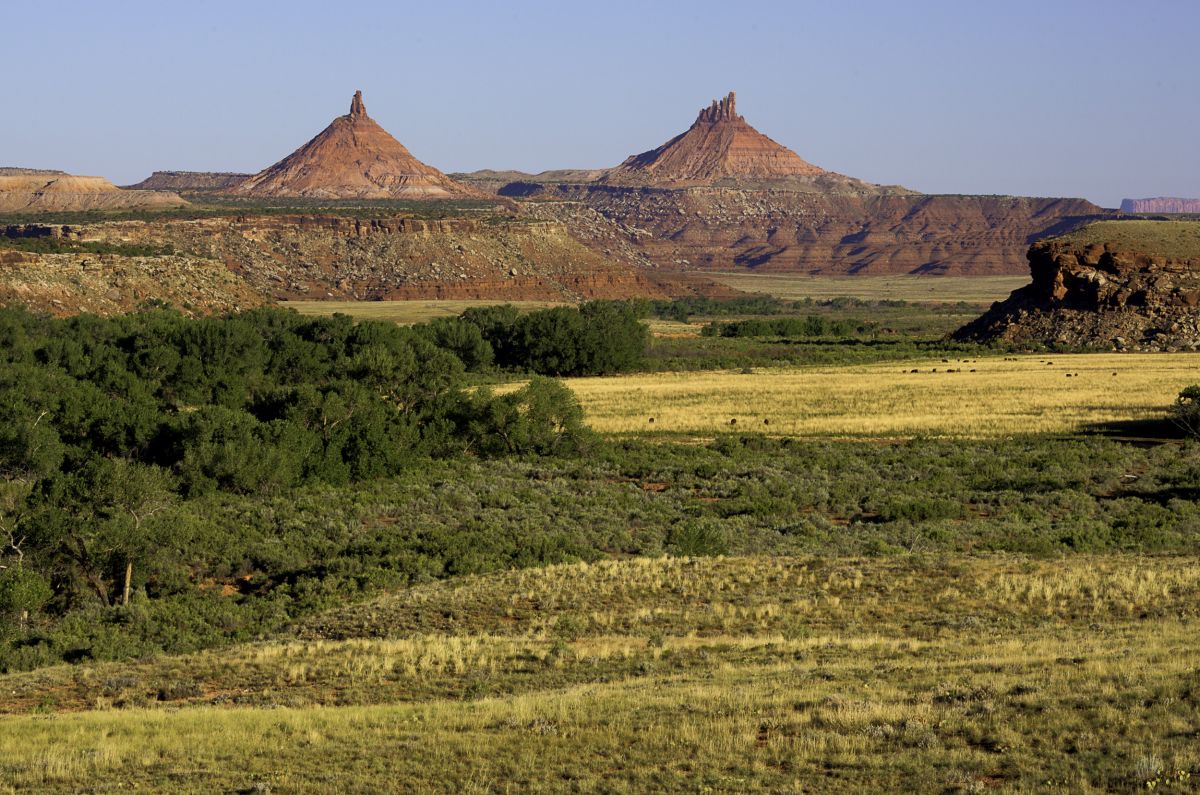Grizzly bears, elk and wolves were the three species I was hoping to see when we visited Yellowstone and Grand Teton National Parks and we were fortunate to see two out of three along with many other mammals.
First, small mammals can be just as interesting as large, especially when they are different species than we have back home. To arrive at Grand Teton National Park from our lodging in Alta, Wyoming we had to travel through Victor, Idaho and then over the Teton Pass. Once back on the Wyoming side of the mountains we saw a Short-tailed weasel after stopping at a parking area to admire the view.
 |
| Short-tailed weasel |
 |
| Uinta Ground Squirrel |
The first time I saw a Marmot was last year in the Black Hills of South Dakota. This year we saw them in Yellowstone National Park at Sheepeater Cliff which is known for its Marmot population. This one was resting while we ate our lunch at the base of the basalt columns.
 |
| Yellow-bellied Marmot |
 |
| Our first Elk Sighting - next to Yellowstone Lake. |
 |
| Two elk resting on a lawn in Mammoth Springs |
If there are a lot of cars stopped along the side of the road you know that some type of wildlife is nearby. If there are so many cars and people that you can't pass then chances are good that a bear has been sighted. Toward the end of our first day in Yellowstone, we were on our way to see Old Faithful and came across a "bear jam." We couldn't believe our luck. No binoculars were needed as a grizzly bear and two cubs were hanging out just a short distance from the road. We couldn't have asked for a better bear sighting.
 |
| A mother grizzly bear with her two cubs in Yellowstone National Park |
Upon exiting the inn, there was a large buffalo (American bison) that had decided to plop down in the middle on the circular driveway. It was impossible to keep the recommended 100 yard distance, but everyone seemed to be respecting its privacy and it seemed totally oblivious to its surroundings. Yellowstone is unique in that it is the only place in the United States where bison have existed since pre-historic times. It is hard to believe that in the mid-nineteenth century approximately 60 million bison once roamed the Great Plains. In the late 1800's the U.S. Army had a campaign to eliminate bison, which they almost did. By 1902 only two dozen bison existed in Yellowstone. Protection efforts were finally initiated at the beginning of the 20th century and now the Yellowstone bison population ranges from 2,300 - 5,500 (nps.gov).
During our second day in Yellowstone, we went on a short hike on the Lost Lake Trail. It was a beautiful area, but a little unnerving to see bison hanging out right next to the trail. They didn't seem to mind us being there, but it still made me nervous knowing that if they wanted they could seriously hurt us.
 |
| A handsome bison at rest along the Lost Lake Trail in Yellowstone National Park (above) and several bison at rest (below) |

At one of our stops we saw some cool Bighorn sheep with their young. It was amazing to watch them traverse a very steep slope.The babies kept taking off to explore on their own, but would eventually run to catch up with their mothers.
 |
| Two female Bighorn sheep with their young |
A distant view of the cliff (below) they were descending puts the amazing agility of these creatures in perspective.
We did not see any wolves, but we did come across several coyotes. One time, two were stalking a Sandhill Crane. We watched until the coyotes eventually gave up their quest.
 |
| Coyote - Yellowstone National Park |
We also saw a handful of deer and plenty of Pronghorn. The Pronghorn were difficult to capture on camera as they never remained still for very long. When running Pronghorn can reach speeds of over fifty miles an hour.
 |
| Pronghorn in field off Hwy ID-21 on approach to Stanley |
I'll end this blog with a photo of a handsome bull moose. It's always exciting to see these huge creatures back home and spotting three on our trip was totally unexpected. We saw a mother and a very young calf along the banks of the Snake River while on a rafting trip in Grand Teton National Park and this guy in Yellowstone near the Petrified Tree trail.
I am looking forward to our vacation next summer to Glacier National Park and the wildlife that we will see there.
























































